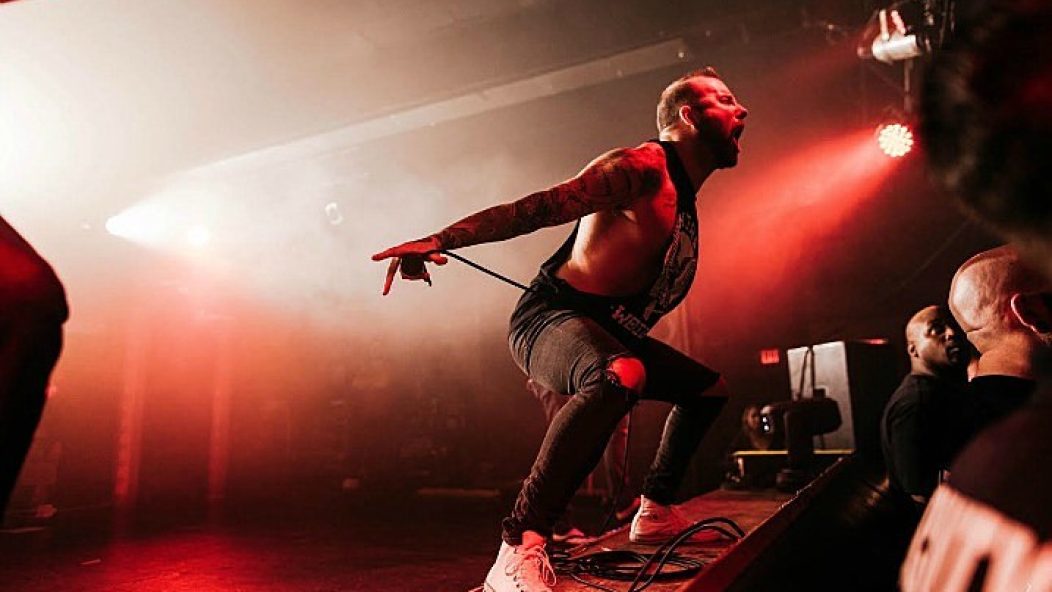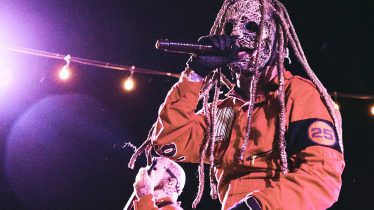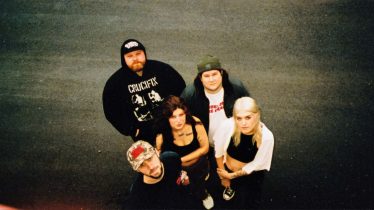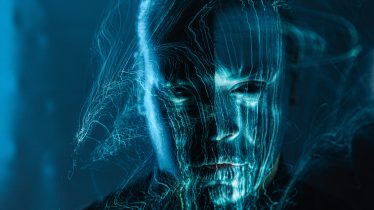
Uniting the scene: Q&A with August Burns Red frontman and HeartSupport founder Jake Luhrs
This year started strong for August Burns Red frontman Jake Luhrs and his team at Heart Support. Thanks to fans, family and friends, they fully funded their Restore program in less than two weeks. The project is a video recovery program created by bands in the music scene to help fans deal with a variety of problems. The program had its soft launch at the start of January. Working toward their ultimate vision of creating a community where no music fan has to struggle alone, HeartSupport will relaunch the Restore video program Feb. 1. In light of their achievement, we caught up with Luhrs and Nate Hilpert (Project Manager and Restore Program Creator).

INTERVIEW: Karla Bossenbery
It seems like most nonprofits are there for awareness and helping kids, but this program adds a completely new step. What motivated you to take this new direction with your organization?
JAKE LUHRS: I think we felt that through the interactions we’ve had with people at the site, hearing their stories and seeing their struggles, we really wanted to give them something to take the next step. We think it’s a great step that people are able to vent, open up, tell their story and then be encouraged. But we wanted to bring it to the next level [and say] “okay, now that we recognize that this is an issue in your life or something that you’re willing to confront, let’s equip [you] with a tool or something so that [you] can literally start this process of healing and getting to a better place in life.”
NATE HILPERT: On Warped Tour we meet so many people who feel like they don’t have any options of what to do, even though they feel like something’s off in their lives. For the people in our scene, traditional methods of recovery are kind of out of reach. Either rehab feels like it’s not for them, like that’s for people who are really going through serious stuff, or it’s too expensive, or a lot of other recovery things are offered at churches and a lot of people feel like they’ll be judged if they crossed the threshold of one. But we wanted to create something that would be accessible for them at home, in their PJ’s, on their laptop. It’s a program made by the scene, for the scene. It’s from the band guys that they look up to. It’s specifically for us, for the people that listen to the music. That was really key for us—to actually do something to really help them.
What would you say is the biggest struggle you had with creating this program? Did this just make sense to you?
HILPERT: I think that prior to having our videographer (we just hired a videographer to help us out full time, as well as contractors and volunteers) handling that was definitely a big deal, but other than that, it was a straightforward process. We knew what we needed to do, and everything was laid out. It took the time that it needed to take to make it good.
What would you guys say is the one thing that you wanted everyone to know about this program?
LUHRS: That we created something for them that’s about healing. These bands, Heart Support, the community, have all united to produce something that is specifically for kids to start the process of healing. Last year we had a campaign, and we were telling people that we wanted to take the next step. We believe that Restore Program is the next step, and we’ve legitimately fulfilled our promise that we wanted to unite the scene. This is our way of doing so, by bringing these musicians down to this level of personal storytelling in order to give these kids a place to start this healing process.
HILPERT: The other thing that I’ll say is that once people see this, if they think that it’s something they want to do, it’s just a matter of taking the step. Ultimately, action is what can change someone’s life.
What’s next for Heart Support and the Restore program?
LUHRS: The Restore Program, if it goes well and it does what we hope that it’ll do, is one of four programs that we ultimately want to create. It takes someone from feeling stuck and unwilling to change, to feeling totally empowered and on the right path in his or her life. The four bits of the program would be helping someone make the decision they want, see the change and then to actually change. The second one would be helping people heal from the past. The third would be to help them create a vision for their future, because that will fill them with confidence moving forward, and the fourth would be making practical steps today to moving toward it.
[Photo credit: Ray Duker]








